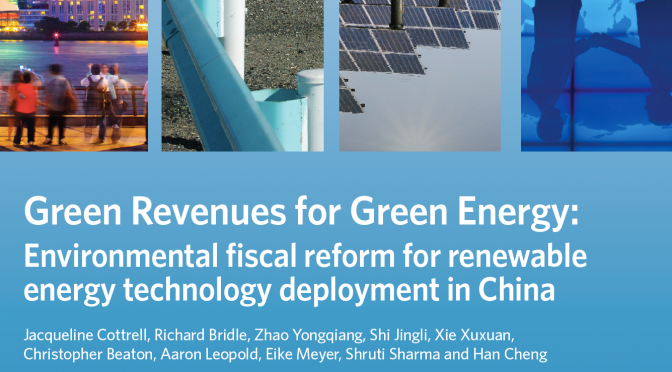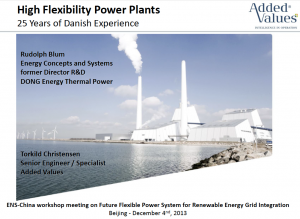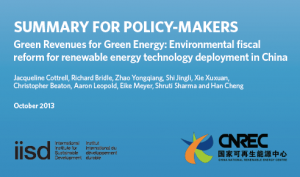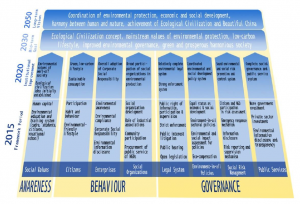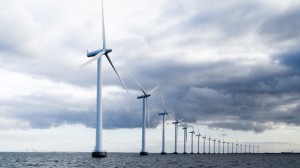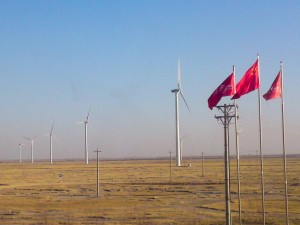Africa Clean Energy Corridor – Warming up to the IRENAs annual meeting
IRENA have it’s fourth session of the Assembly in Abu Dhabi today and tomorrow. For me it is a special occasion since China formally will be member of IRENA, hopefully to the benefit for both IRENA and China. More about this in following blog posts.
Yesterday – as a warm up to the Assembly – focus is on Africa and how to establish a Africa Clean Energy Corridor – from Cairo to Cape Town. A number of ministers from Eastern and Souther Africa Power Pool countries discussed the potential benefits of a large scale regional initiative.
The background for the discussion is, that the current energy supply in the area is dominated by fossil fuels, the energy demand is rapidly growing, and so is the exchange of energy between the countries through new interconnectors. The potential for renewable energy (RE) usage is very high, but without special initiatives fossil fuel technologies will probably continue to play the major role in the energy supply in the future.
Among the main challenges for the deployment of RE are how to make such project bankable, and how to reduce investor risk. Also lack of knowledge about RE technologies in the different countries is blocking for a rapid development, and furthermore lack of transmission capacity might be a serious barrier for the efficient utilization of the huge RE potential, which are uneven distributed in the Eastern and Southern Africa.
The ministers and representatives for the participating countries pointed to the need for active policy actions and determination, as well as a common understanding between politicians about the possibilities for RE in the region. Capacity building is considered as an very important activity for enabling a more rapid deployment of RE, and also the importance of electricity connections, not only between the countries but also to areas outside of the region was emphasized as a necessary next step.
A partnership panel supported the overall picture drawn by the ministers. China as example emphasized the need to actively promote RE before fossil fuels and to pay attention to the development of the infrastructure to integrate RE.
As a conclusion of the meeting the involved countries approved a final communique, which commit the countries to work with IRENA on the following Action Agenda to promote and accelerate the development of the Africa Clean Energy Corridor:
i. Zoning and Resource Assessment: Partner with expert institutions to identify zones for the development of renewable power plants in areas of high resource potential and routes for the efficient transmission of electricity to load centres. IRENA should expand its Global Renewable Energy Atlas to help identify promising development zones.
ii. Country and Regional Planning: Work with regulatory and planning bodies and expert institutions, including at the regional level, to encourage integrated resource planning that fully considers renewable power options to optimize investments in generation and transmission infrastructure. IRENA should also support the inclusion of more renewable power in country and regional plans by providing targeted information and data, especially on the declining costs of renewable energy technology.
iii. Enabling Frameworks for Investment: Cooperate closely with international financial institutions to encourage innovative financing structures, such as loan guarantees, that reduce risk and leverage government and donor resources. IRENA should support the development of government policies to enable investments in renewables and the creation of bankable project proposals through the Project Navigator.
iv. Capacity Building: Work with regional bodies, countries, donors and research institutions to build the human and institutional capacity to plan, construct and operate power systems with a greater share of renewable generation. In this context, IRENA should facilitate the sharing of best practices and lessons learnt.
v. Public Information: Raise awareness on the Africa Clean Energy Corridor at the global, regional, and country levels to promote the benefits of the Corridor in providing secure, sustainable and affordable energy to meet rising energy demand.
The communique will be presented at the Assembly session tomorrow as the basis for the next years’ platform for cooperation between IRENA and the Eastern and Southern Africa.
Read more here



